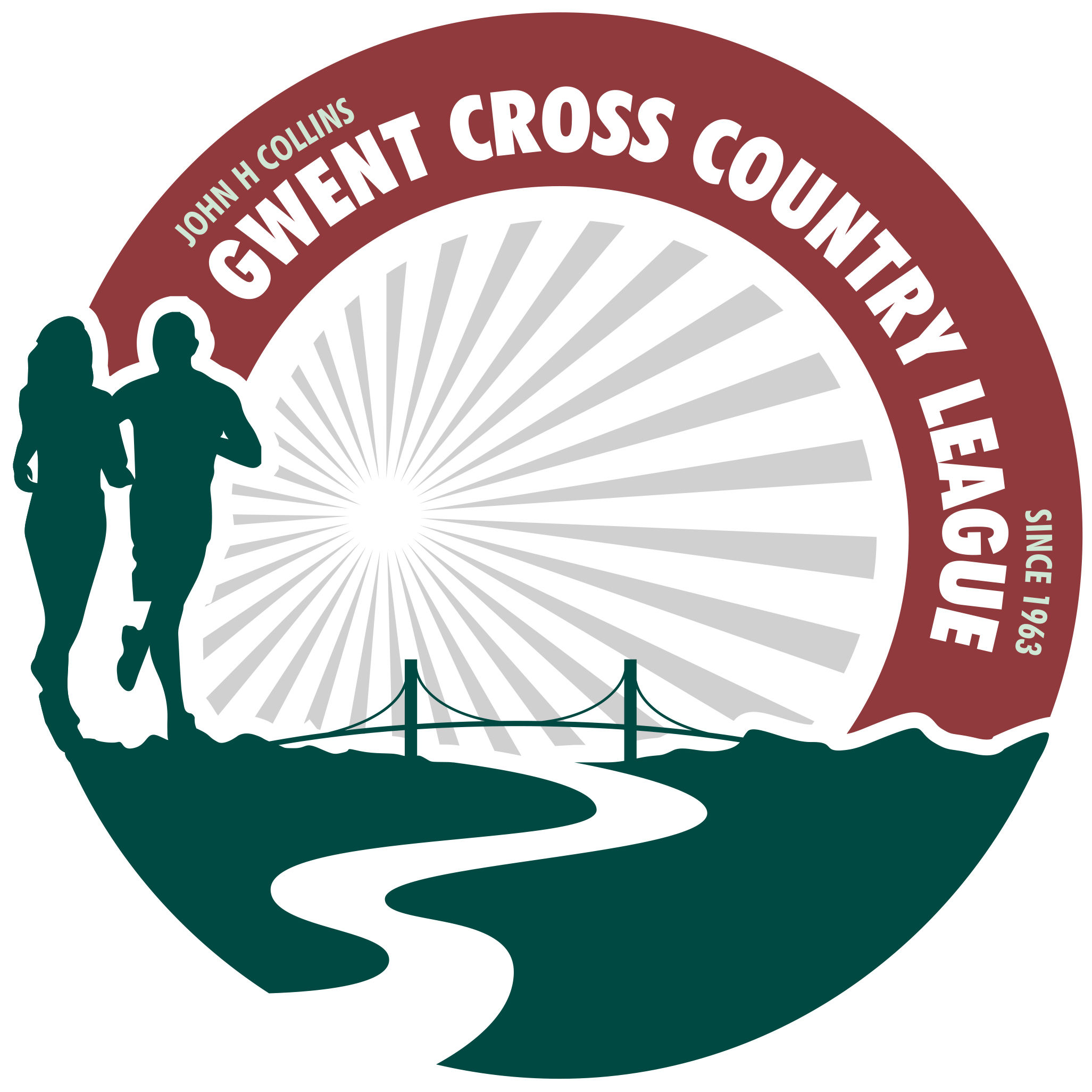

|
The John H Collins Gwent Cross Country League |
Forget road running, multi-terrain races or 'slogs', cross-country racing is arguably the most sociable of all distance running sports.
When you arrive at the venue, what was labelled as 'club tents' on the course map has become a medieval tent city, complete with flags fluttering in the breeze. From your club tent you'll check out the course with your friends, go to the start with your friends, and after the race compare notes together in the shelter of that tent. If you're lucky, someone will have brought cake, and once that's been shared around you'll all be off to cheer on your club-mates running in different races.
That's not to say cross-country isn't competitive, it most certainly is, but not in an elite way. Throughout the afternoon you'll see battles as fierce for 201st and 202nd places as for 1st and 2nd. But once the finish line has been reached, rivals will be patting each other on the back and sharing congratulations.
See more on Training, Racing and Scoring.
Oh yes, the cross-country course. The sport has a reputation for slogging through mud and up impossibly long hills, but in reality it's all that and pouring with rain too!
The league is held over 5 matches through the winter, and fixtures will provide a complete mix of open parkland, sandy 'links' grassland, rugged rolling hills and, yes sometimes a bit of mud. Recent league matches haven't been as muddy as some events around the nations, and seldom feature huge hills, but that's not a promise!
In practice the weather plays as big a factor in the day's performance as the course. Pouring rain can turn a pretty park into slippery steppe, but that's where the warmth of your tent and club-mates becomes important. Conversely, the sun and breeze of an early spring day can tame a rugged mountainside into a gratifying gallop.
One thing you quickly learn is that times are irrelevant in cross-country races. Typically you might run 10% slower than in a road race of the same distance, but that could be more or less depending on conditions. Race distances are approximate, and even the same course from year to year can vary in minor changes of route.